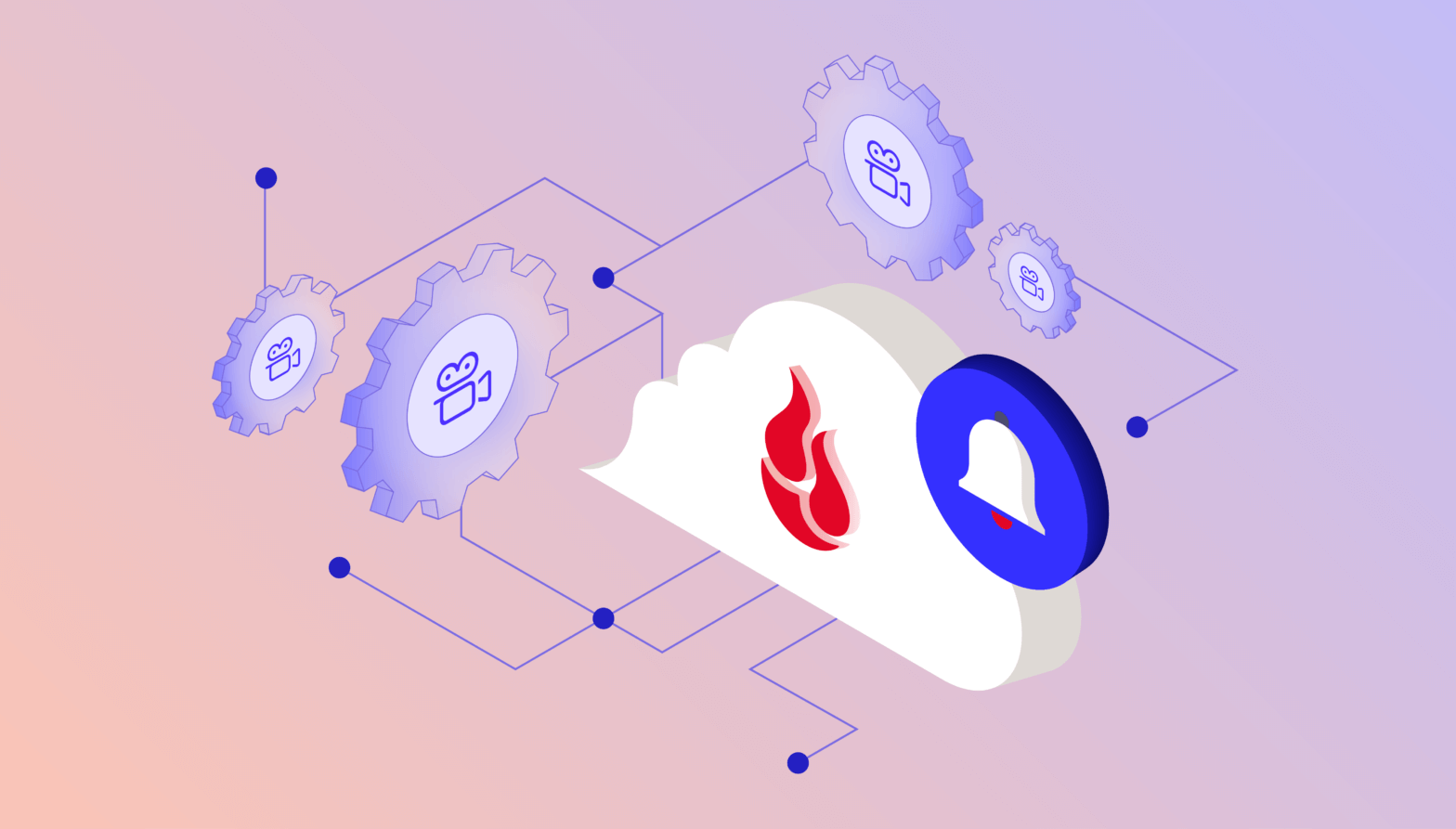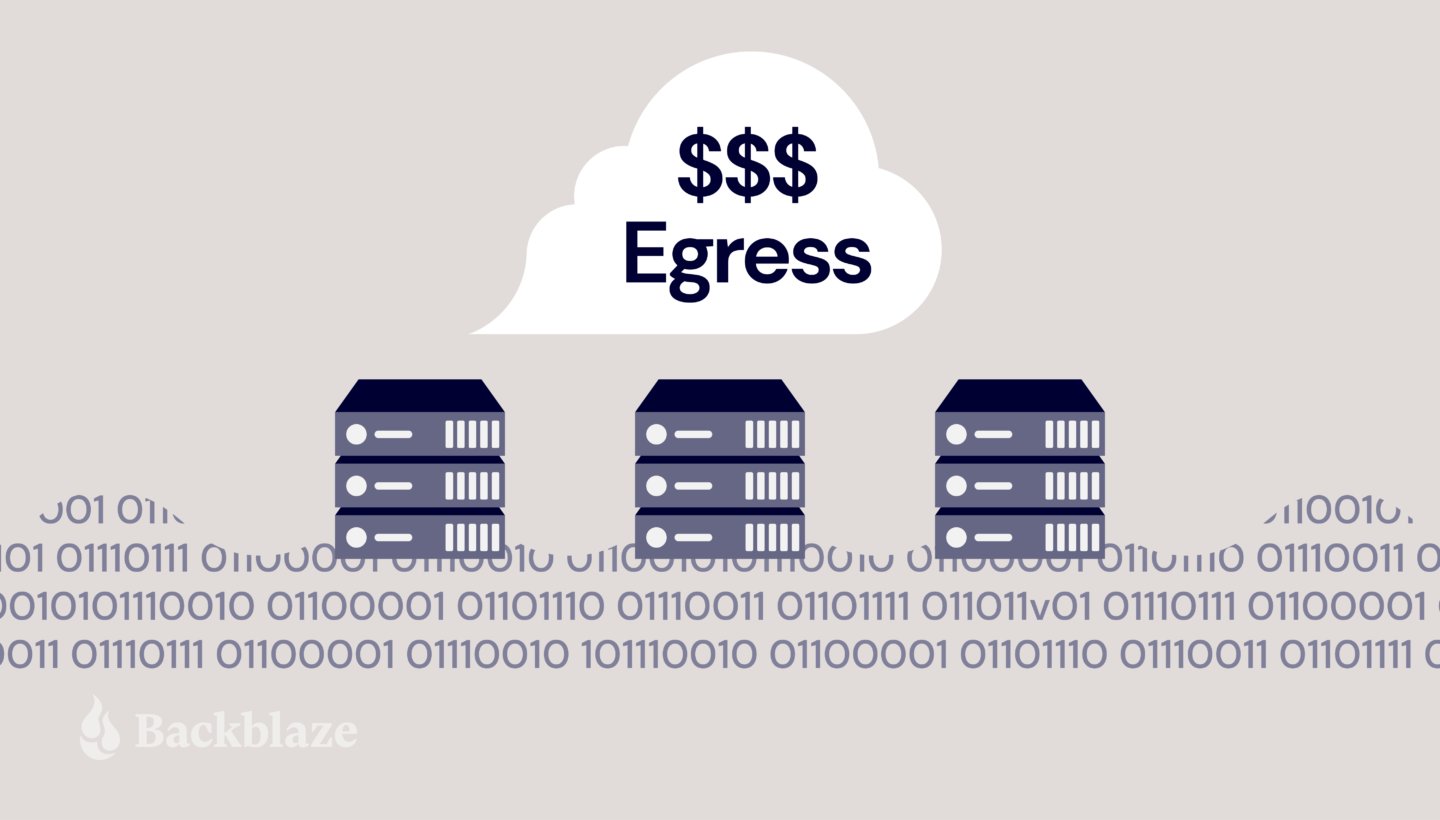
Editor’s Note
This post has been updated since it was originally published.
With spending on public cloud services expected to double by 2028, many businesses are looking for ways to cut cloud costs—or at least gain predictability in their spend. Forecasting cloud storage costs should be straightforward once you know what to look for.
Here are five tips you can use when doing your due diligence on the cloud storage vendors you are considering. The goal is to create a cloud storage forecast that you can rely on each and every month.
Tip 1: Navigate tiered pricing structures carefully
Many cloud providers still use tiered pricing structures, which can be misleading if not carefully understood. For example:
AWS S3 Storage Pricing Example
For this post, we’re comparing with hypothetical data stored in AWS S3’s U.S. East Region (N. Virginia) using pricing available at the time of publishing. Note that many factors may affect your final price, including selecting a different region, choosing a different storage tier, etc.
- First 50 TB/month = $0.023 per GB
- Next 450 TB/month = $0.022 per GB
- Over 500 TB/month = $0.021 per GB
In order to receive lower pricing, you have to reach a specific amount of data stored. But, the lower rate only applies to data above the threshold for that tier. In other words, you don’t get a discount on the cumulative amount—each pricing tier is reflected in the data you’re storing.
The mistake sometimes made is estimating your entire storage cost based on the level for the total data stored. For example, if you had 600TB of storage, you could wrongly calculate as follows:
600,000GB x $0.021 = $12,600/month
When, in fact, you should do the following:
(50,000GB x $0.023) + (450,000GB x $0.022) + (100,000GB x $0.021) = $13,150/month
That was just for storage. Make sure you consider the tiered pricing tables for data retrieval, and API transactions as well.
Tip 2: Don’t choose the wrong storage class
Many cloud providers, especially hyperscalers, now offer a wider array of storage classes than ever before. The idea is that you can trade service capabilities for lower costs. If you don’t need immediate access to your files or don’t want data replication or 11 nines of durability, you can choose to downgrade your service and gain cost savings. The biggest problem with this method is that you have to know what you are going to do with your data to pick the right service—as well as correctly anticipate future business needs—because mistakes can get very expensive. For example:
- You choose a low cost, cold storage tier that takes hours or days to restore your data. What can go wrong? You need some files back immediately (if, for example, your backups are corrupted by ransomware) and you end up paying 10-20 times the cost to expedite your restore.
- You choose one storage class and decide you want to upload some data to a compute-based application or to another region—features not part of your current service. The good news? You can usually move the data. The bad news? Even if you’re transferring within the same cloud storage company’s infrastructure, you’re often charged a transfer fee to move the data because you didn’t choose the right storage class when you started. These fees often eradicate any “savings” you had gotten from the lower priced tier.
Basically, if your needs change as they pertain to the data you have stored, you will pay more than you expect to get your data where you need it to be.
Tip 3: Don’t pay for deleted (or modified) files
Some cloud storage companies have a minimum amount of time you are charged for storage for each file uploaded. Typically this minimum period is between 30 and 90 days. You are charged even if you delete the file before the minimum period. For example (assuming a 90 day minimum period), if you upload a file today and delete the file tomorrow, you still have to pay for storing that deleted file for the next 88 days.
This “feature” often extends to files deleted due to versioning. If you set your system to keep three versions of each file, with older versions automatically deleted, you end up paying for those deleted versions for the full minimum duration.
In a typical backup workflow, let’s say you are using a cloud storage service to store your files and your backup program is set to a 30 day retention. That means you will be perpetually paying for an additional 60 days worth of storage (for files that were pruned at 30 days). In other words, you would be paying for a 90 day retention period even though you only have 30 days worth of backups.
Tip 4: Beware of hidden minimums
As the cloud storage market has matured, pricing models have become more complicated. To create an accurate budget, it’s crucial to understand all potential cost components, including some that might not be immediately obvious. Here are two key areas to examine:
- Minimum monthly charges: Some providers charge a set fee regardless of how little you store. For instance, you might pay for 1TB even if you only use 100GB.
- Minimum file sizes: Some services round up small files to a minimum billable size, often 128KB. While this might seem insignificant, it can add up quickly if you have millions of small files.
Tip 5: Be suspicious of the fine print
Misdirection is the art of getting you to focus on one thing so you don’t focus on other things going on. Practiced by magicians and some cloud storage companies, the idea is to get you to focus on certain features and capabilities without delving below the surface into the fine print. (And, sometimes the prices this technique generates feels like someone has pulled a rabbit out of a hat—to your company’s detriment.)
Read the fine print and as you scroll through the multi-page pricing tables and linked pages of all of the rules that shape how you can use a given cloud storage service. Stop and ask, “What are they trying to hide?” If you find phrases like: “We reserve the right to limit your egress traffic,” or “New users get free usage tier for 12 months,” or “Provisioned requests should be used when you need a guarantee that your retrieval capacity will be available when you need it,” take heed.
And, even if it seems like you can turn the tables and use things like free credits in the short term, remember that you’ll want to have a plan for your long-term infrastructure when those credits run out as well.
How to build a predictable cloud storage budget
As organizations increasingly rely on cloud storage for everything from day-to-day operations to long-term data archiving, the ability to accurately forecast and control these costs can significantly impact overall IT budgets and business planning.
The first place to start is data storage as it’s generally the easiest for a company to calculate. For a given month, you can calculate your data volume as follows:
Data stored = current data + new data – deleted data
Take that total and multiple by the monthly storage rate and you’ll get your monthly storage costs.
Things can get more complicated if your business regularly uploads and downloads data. The data stored at the end of the month should get you at least in the ballpark. But, creating a predictable cloud storage budget requires a holistic understanding of your data needs, usage patterns, and the pricing structures of your chosen provider. It’s not just about estimating how much data you’ll store, but also how you’ll interact with that data over time. Will you be frequently accessing and modifying files, or primarily using the storage for long-term archiving? Are there seasonal fluctuations in your data storage or retrieval patterns? These factors can all influence your overall costs, and we’ll walk through a scenario to show that next.
Let’s do the math
To illustrate how to calculate your cloud storage costs, let’s work through an example using current Backblaze B2 pricing. We’ll focus on a single month for a growing business that is backing up business data to the cloud and verifying their backups have zero errors during recovery:
- Initial storage at the beginning of the month: 100TB
- New data added during the month: 10TB
- Data deleted during the month: 5TB
- Downloads during the month (egress): 75TB
Backblaze has built a cloud storage calculator that computes costs for all of the major cloud storage providers. Using this calculator, we find that Amazon S3 would cost $2,675 to store this data for a month, while Backblaze B2 would charge just $630.
Using those numbers for storage and assuming you download 75TB a month for backup validation testing, you get a total monthly cost of $8,725 for Amazon S3; Backblaze B2 would be $630 a month.
The additional cost you see from AWS S3 is from download costs, also known as egress fees, and they can certainly take a toll on your budget. Backblaze offers free egress up to three times the amount you have stored so you can move data when and where you prefer.
The chart below provides the breakdown of the expected cost.
| Backblaze B2 | Amazon S3 | |
|---|---|---|
| Storage | $630 | $2,675 |
| Egress | Free* | $6,050 |
| Totals: | $630 | $8,725 |
*Up to 3x of average monthly data stored, then $0.01/GB for additional egress.
Of course each month you will add and delete storage, so you’ll have to account for that in your forecast. And, as we mentioned above, there may also be other fees like minimum storage duration fees or API transaction fees. Using the cloud storage calculator noted above, you can get a reasonable estimate of your total cost over the budget forecasting period.
Finally, you can use the Backblaze B2 storage calculator to address potential use cases that are outside of your normal operations, such as if you delete a large project from your storage or you need to download a large amount of data. Running the calculator for these types of actions lets you obtain a solid estimate for their effect on your budget before they happen and lets you plan accordingly.
Understanding cloud storage pricing gives you options
Creating a predictable cloud storage forecast is key to taking full advantage of all of the value in cloud storage. Organizations like Austin City Limits, Amplify, and Runbiz were able to move to the cloud because they could reliably predict their cloud storage cost with Backblaze B2. You don’t have to let pricing tiers, hidden costs, and fine print stop you. Backblaze makes predicting your cloud storage costs easy.




